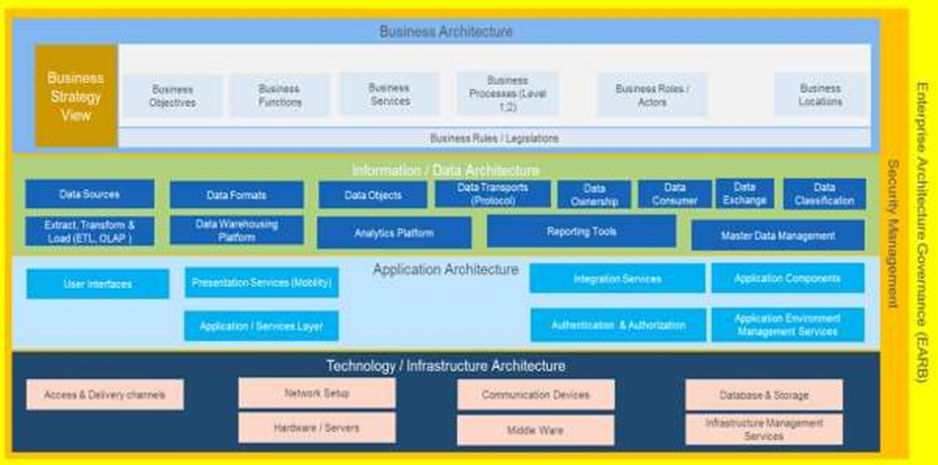Introduction
The Government of Rwanda under the leadership of RISA has undertaken to develop Enterprise Architecture Practice with the goal of establishing unified IT standards and practices across all public entities. The rationale behind this is the need for seamless and integrated IT solutions across government entities.
It is acknowledged that up until now, despite the close alignment of the services offered by different government entities, the respective IT functional units have applied different standards in developing and deploying solutions.
An assessment conducted in 2013 concluded that there is neither IT governance nor enterprise architecture in place within all public entities and by extension, there is practically no appropriate Enterprise Architecture Governance.
This scenario poses a challenge to the Government of Rwanda as it seeks to integrate IT solutions across all public entities.
In order to address this challenge, RISA has been tasked to drive the implementation of enterprise architecture practices that will ensure the application of unified IT standards across all entities.
To achieve this, there is a need to define an Enterprise Architecture Framework (EAF) as well as the governance model that will drive its implementation.
Rather than applying a leading framework in its entirety, the government of Rwanda has elected to adopt and modify The Open Group Architecture Framework (TOGAF) to suit the specific needs of Rwanda.
Depicted in Figure 20 below is the modified framework. The detailed description of the framework has been defined in the document titled ‘Government of Rwanda Enterprise.’
Architecture Framework (RGEA)’ which has also outlined the domains that enterprise architecture practice will cover.
The purpose of this document, therefore, is to outline the governance structures and roles that specific boards and committees will be entrusted with in ensuring adherence to set IT standards and practices.

